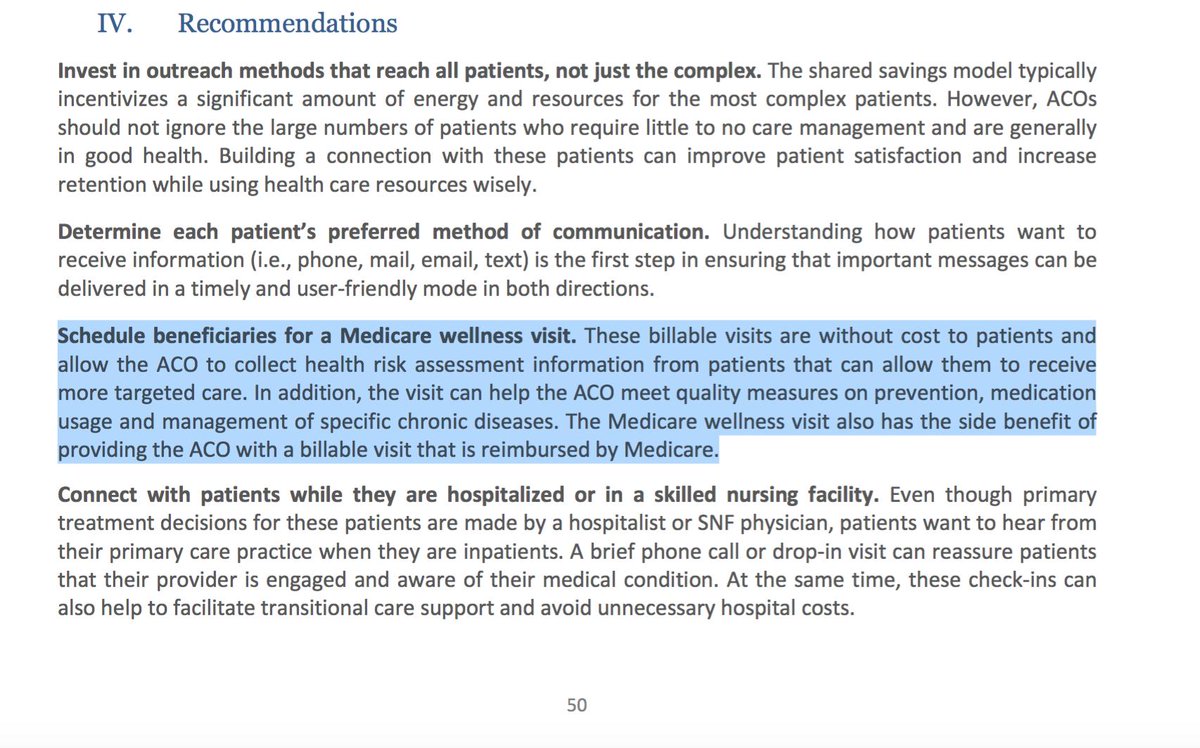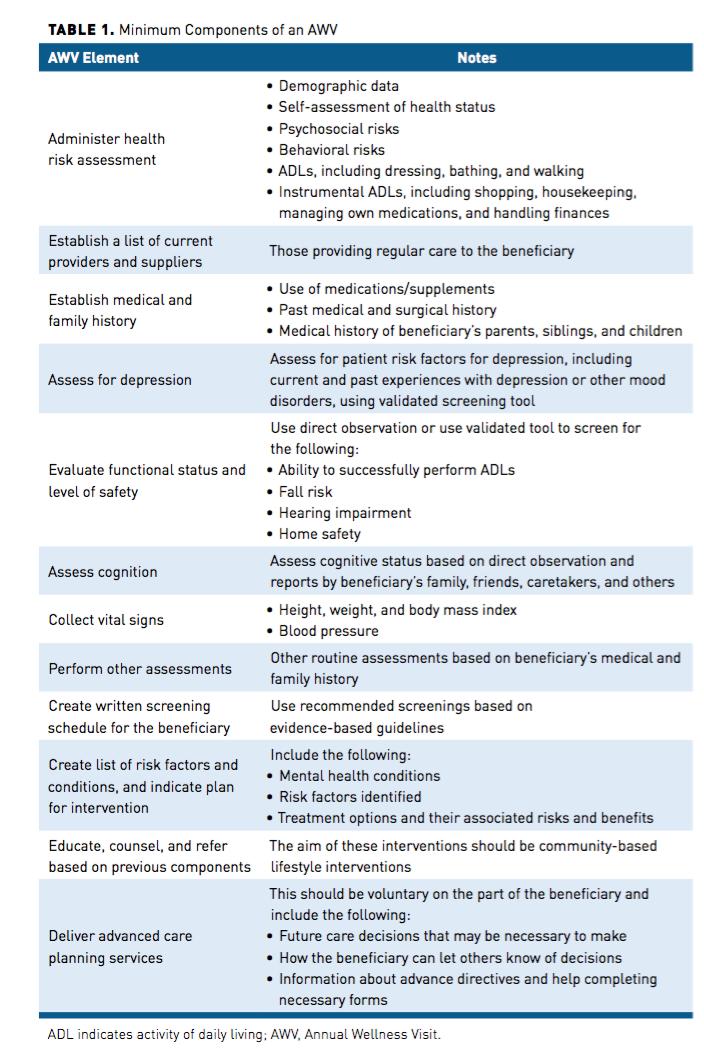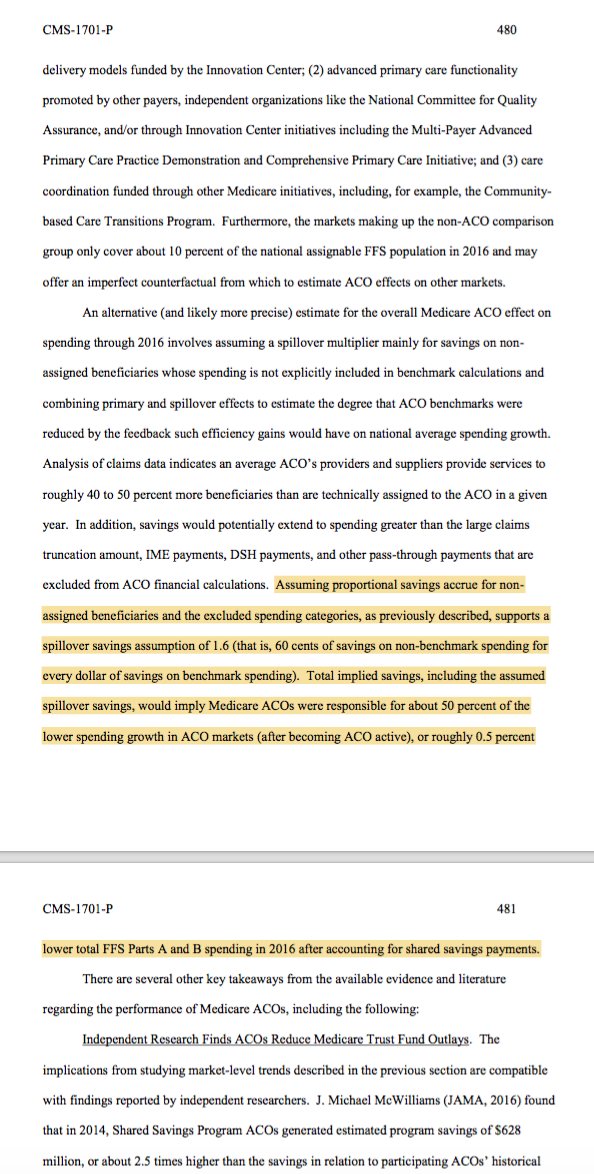Will let y'all know what's new in this string
1/n

A) what's geographic or other availability/ limitations
B) Any mandatory models or all voluntary
C) what's the extent of total cost of care incentives/ accountability (IMO without this won't see savings
D) for risk models, WHATS THE BENCHMARK?
E) how these models handle overlap with existing models and with each other.
F) whether attribution is opt-in only or includes claims-based attribution with opt-out
With @SecAzar to speak first for the administration on one of his top priorities ("changing how we pay for care to be more value-based")

(Yes, not just acknowledging that it takes a long time to get a model through clearance, but also long bipartisan history)
for small practices
payment components:
1) prospective, risk-adjusted, primary care global payment
2) bonus if risk adjusted hospitalizations are reduced
3) downside risk
...and surprising to me-
What sounds like an alternative to MA for Traditional Medicare beneficiaries that opt-in to an entity that does value-based purchasing, negotiate prices, etc?
PCPs are at the center (nodding heads here, but I think "gatekeeper" is not as popular)
Models will be VOLUNTARY.
2 new tracks:
1) Direct Contracting (at least 5k lives)- looking for MA plans and providers with experience in full risk. Open network.
2) Primary Care First
In all, 5 new options with choices on the road to value.
Primary Care First go.cms.gov/2W0AlZU
Home Page: bit.ly/2W1EnBd
Direct Contracting
go.cms.gov/2W1EvAH
Home Page: bit.ly/2VZaod5
2020 start
RFP in next month
Flat visit fee
Downside risk 10% of revenue
Upside 50% OF REVENUE
Based on risk adjusted hospitalizations
2020 start, RFA June
A) 50% total cost of care up/down
B) Global 100% cap model
And seeking comment on a potential geographic model (hospice, palliative care, hotspotting) to potentially start June 2020 ("Big MAC"?)
Pure economic terms not as good, although Prospective payments help with cash flow, and real draw will have to be BENCHMARKS.
Are they using MA benchmarks? Full risk adjustment?
Reduced # quality measures
Benefit enhancements ("while maintaining all Original Medicare benefits.")
Ability to negotiate prices (significant for DME/Labs, but less so for players with market power)
A) if I still bill commercial plans and submit encounters, not that helpful
B) the feedback on the E&M proposal showed the burden of CHANGING anything in billing
Historical and Regional components- the regional benchmark and trend components will "capitalize on MA rate calculations"!!!
I love this idea
catalyst.nejm.org/medicare-advan…
a) Benchmark for DC will blend regional and historic, will increase up to 50% regional by y5
b) not clear how to handle overlap, but individual patient will be in either DC or ACO, not both (CPC3 though?)
c) claims-based default, with voluntary like today, but enhanced?
It
Is
All
About
The
Benchmark
This is an article from @Travis_Broome and @bobkocher on why the NextGen program didn't work for us
ajmc.com/contributor/tr…
I worry about the consolidation risks of that
Again, don't count on huge savings from admin simp, even under primary care cap.
A) better QM structure (gate, few measures)
B) smarter payment structure (fewer guaranteed cost-increasing pmpms)
C) more aligned w total cost of care (focus on hospitalization)
D) still can do concurrent w MSSP
Sounds good in my book
@aafp
The construct here comes close, but there are a few key unanswered Qs:
A) can we pay for services not covered by trad Medicare out of total budget without taking over claims processing?
B) Can we have predictable Benchmark? Using Medicare ratebook for regional cost and trend is good, but trending historic on national inflation is a step backwards.
MSSP fixed this defect, and yet the CMMI model perpetuates it. Why add variability and uncertainty?
C) another key contributor to uncertainty in MSSP is non-standard approach to risk adjustment. I'm hopeful that we won't see cliff effects and one sided caps, but testing an "innovative approach" could bite people taking serious downside risk. Why not do HCC with an adjuster?
(I think we will soon learn the extent to which this is already working)
D) MA is long-term sustainable because it's 100% regional benchmark, 0% historic.
MSSP used to gradually rise to 75% but new rule capped it at 50%. I was/am hoping the DC model provides a pathway to 100% and is not also capped at 50%
#RewardEfficiency














